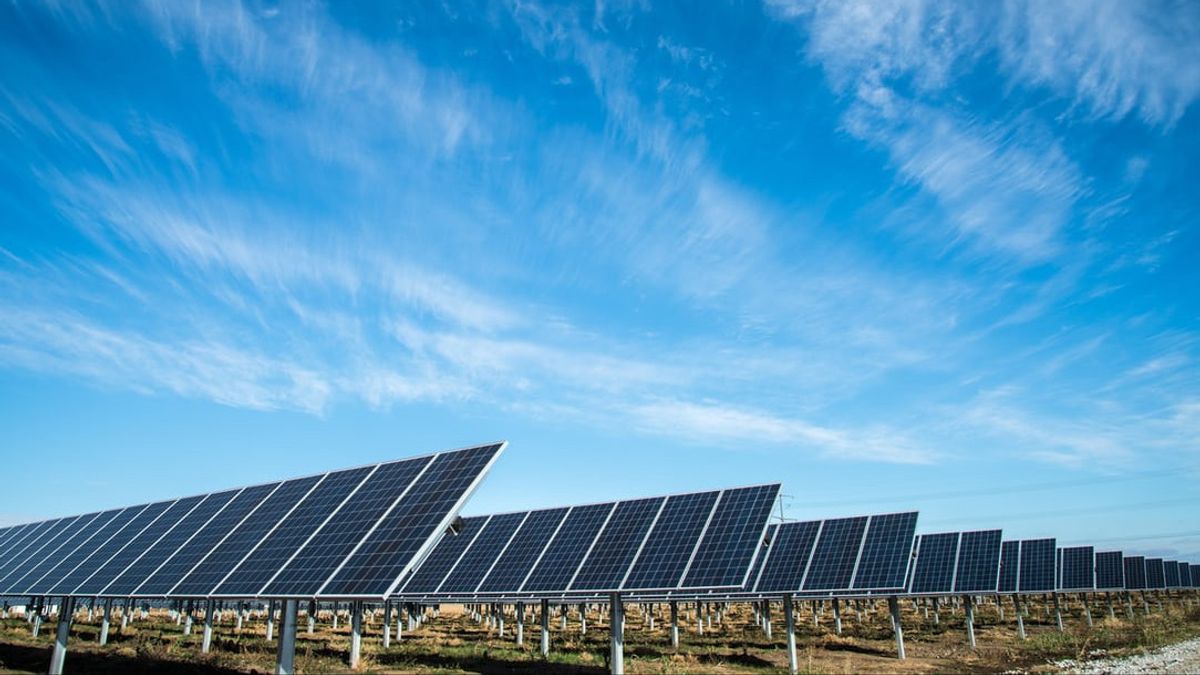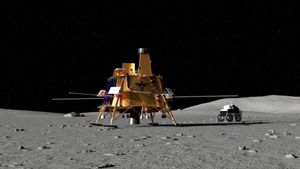JAKARTA - China has announced plans to advance the launch of a solar power plant that will radiate energy back to Earth from space.
The first step of the ambitious project is now scheduled to take place in 2028, two years ahead of schedule, when a test satellite will be launched to test the technology at an altitude of 400km (250 miles).
According to plans updated in a paper published in the peer-reviewed journal Chinese Space Science and Technology last week, the satellite will convert solar energy into microwaves or lasers before emitting that power to a fixed location on Earth.
It is estimated that by using microwaves, researchers will be able to reduce the amount of energy lost as it passes through the atmosphere. The basic concept involves a space station with a solar array to convert solar energy into electrical energy.
It then uses a microwave emitter or laser transmitter to transmit the energy to a collector on Earth. The advantages of this technology include the fact that the Sun is always daytime in space, with the full Sun and the collecting surface receiving more intense sunlight than on Earth.
Initial trials will only reach 10 kilowatts of power, enough to meet the energy needs of a handful of homes. Apparently, this technology can be improved significantly.
The first satellite will be assembled on Earth before being sent into space, but subsequent components will be assembled completely outside the atmosphere.
"(If the test is successful), it could be an effective contributor to achieving peak carbon and neutrality goals," said Professor Dong Shiwei of the National Key Laboratory of Science and Technology on Space Microwave under the China Academy of Space Technology.
Meanwhile, citing The Independent, Wednesday, June 8, in 2035 it is hoped that the solar cell array can become full-scale, with high power transmission, will be completed capable of transmitting power over a distance of 36,000 km.
A more complex array of solar cells, with voltages between 10 and 20 kilovolts and a power of two gigawatts, will be assembled by 2050 if production goes according to plan. That's roughly the same as a nuclear power plant on Earth, with the hope that commercial assembly costs will decrease over time.
However, Professor Dong said the technological challenges of such a satellite were unprecedented. That would require antennas hundreds or thousands of meters long that could withstand movement from the solar wind, gravity, and thrusters.
In addition, keeping components cool, penetrating the atmosphere in all weathers, and protecting them from space debris, will become an increasing concern and challenge as commercial space launches increase.
A Beijing-based researcher told SCMP that solar power plants in space can generate electricity much more efficiently than on Earth.
"Large infrastructure in space can make many countries uncomfortable, especially those countries, without the technology or capacity to build them," the researcher said.
In addition to China, the British government is also working with European defense contractors, and the US military is considering a similar proposal for a solar power plant.
It is possible that these efforts could be launched in 2035 and 2025, respectively, raising concerns about the lack of international laws protecting countries from the risks of the energy arms race.
The English, Chinese, Japanese, Arabic, and French versions are automatically generated by the AI. So there may still be inaccuracies in translating, please always see Indonesian as our main language. (system supported by DigitalSiber.id)









